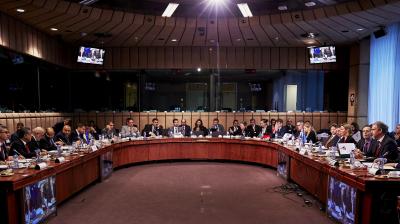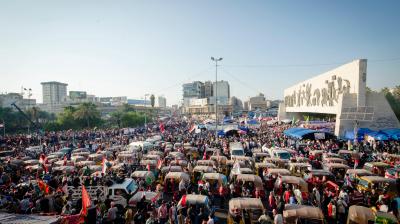Factors of instability in the Nineveh Plains
The Nineveh Plains have long been characterised by ethnoreligious diversity that has triggered waves of marginalisation and sectarian violence far more often than peaceful co-existence over the past decades. The Islamic State occupation represented only the latest of many episodes of violence. Although it was short-lived, the impact of IS has been profound as it further ruptured the Plains’ social fabric and dysfunctional governance. Indeed, as the threat of IS has gone and violence abated, old vulnerabilities persist while new ones have arisen.
This report analyses four major factors of instability that characterise the Nineveh Plains today from a perspective of crisis and conflict:
- the current administrative and governance vacuum produced by the weak capacity of local authorities and a paralysing dispute between Baghdad and Erbil;
- fragmented security arrangements with each actor exerting autonomous control within their part(s) of the Nineveh Plains;
- chronic displacement without coherent policy on how to enable safe returns or support vulnerable communities;
- growing social tensions in the aftermath of the war sowing feelings of anger, betrayal and disillusionment among communities.
As the weight of these issues drags communities down and a government response remains absent, desperation and misery grow. Because the different factors of instability reinforce each other – consider for example how continued insecurity prevents the displaced from returning – they create a vicious cycle.
Read online report.
Follow @NancyEzzeddine and @Clingendaelorg on Twitter.







